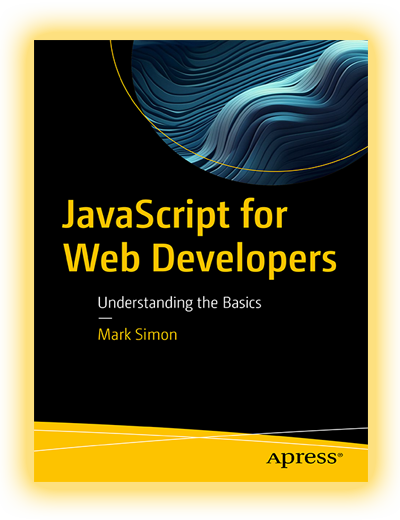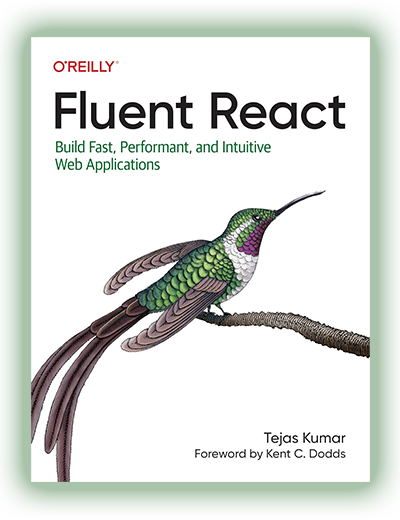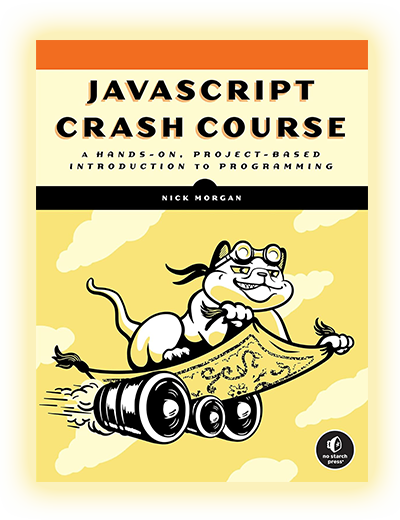"You Don’t Know JS: Scope & Closures" is considered one of the key works for gaining a deeper understanding of JavaScript. Unlike textbooks that limit themselves to a surface-level explanation of syntax, it shows how the language truly works under the hood. The author, Kyle Simpson, is a recognized expert who has been working with JavaScript for decades. His approach is not “teaching how to use” but rather “teaching how to understand.”
The main value of the book lies in its ability to break illusions for developers who have been coding for years but never really understood scopes, closures, variable hoisting, or how compilation works. After reading, you form a complete vision that makes it possible to write secure, predictable, and optimal code. This is not a beginner’s textbook but a professional guide that helps move beyond the “basic level” to an architectural understanding of JavaScript.
What Makes This Book Stand Out?
- Depth of analysis - the language is examined through the lens of compilation and the engine’s inner workings.
- Practical focus - each chapter ends with conclusions that can be immediately applied in real code.
- Debunking myths - common misconceptions about
var,let, hoisting, and closures are explained with evidence. - Clarity of explanations - complex concepts are explained through simple examples without overloading with jargon.
- Relevance to modern standards - the book reflects ES6 and beyond, ensuring its applicability today.
- Expert recommendations - it is regarded as a reference source for systematizing knowledge of JavaScript mechanics.
What Does the Author Cover?
- What scope is and why it matters
- How lexical scope works
- The differences between function and block scopes
- What hoisting really means
- The closure mechanism and its practical applications
- Errors caused by incorrect handling of scope
- Modular programming and using closures in real projects
How Is the Material Useful in Practice?
After reading, a developer gains a practical toolset for improving code quality. Understanding scope helps avoid hidden bugs with variables and functions. Mastering closures allows building reliable modules and controlling data access. The provided examples show how to integrate best practices into application architecture, improve performance, and enhance readability. This knowledge directly impacts real-world results and reduces debugging time.
More About the Author of the Book
The Developer's Opinion About the Book
In my work, I have repeatedly faced situations where a lack of understanding of scope led to serious bugs. For example, misusing var inside loops caused data leaks and unexpected results. After reading this guide, such mistakes disappeared.
What makes the book valuable is that it doesn’t focus on “rules for the sake of rules.” Every concept is explained through real-world examples. I especially value the section on closures, as I use them daily in event handlers and modular systems. The only downside is that it requires concentration - this isn’t light bedtime reading but a serious mental workout. However, the payoff is worth it. The book has stood the test of time, recommended by professionals worldwide, and for me, it became the foundation without which it’s impossible to write professional JavaScript. If your goal is to become a developer who understands the language deeply rather than just using frameworks, this book is one you must download and read from cover to cover.
Mia Davis, Senior JavaScript Engineer
FAQ for "You Don’t Know JS: Scope & Closures"
1. What is this book about, and how does it differ from other JavaScript books?
It explains the fundamental mechanisms of scope and closures in detail. Unlike introductory textbooks, it doesn’t stop at simple examples but dives into how the engine actually works: how the interpreter builds scope, what hoisting really is, and how variables “live” after a function ends. Kyle Simpson emphasizes mistakes made even by experienced developers and explains why closures are a basic tool for API and architecture design. While other books often skip this depth, Scope & Closures trains you to think like the engine. This makes it especially valuable for developers who want to truly understand the language.
2. What level of reader is this book for?
Despite its compact size, it is aimed at developers already familiar with JavaScript syntax basics. Beginners can still follow along, but it requires focus and practice with examples. For mid-level and senior developers, it provides systematization and clarity on “why it works this way.” In short, it’s suitable for anyone who wants to go beyond surface-level knowledge and become an expert.
3. Does the book contain real code examples or is it mostly theory?
Scope & Closures is entirely built around real code examples. Each concept is illustrated with short snippets that demonstrate how the interpreter forms scope. Simpson not only shows correct implementations but also breaks down “bad” examples to reveal their consequences. This format turns the book into a practical code analysis guide, making it an excellent hands-on resource.
4. Is it helpful for JavaScript interview preparation?
Yes. Many interview questions are about closures, hoisting, scope, and memory management. This book explains them systematically, allowing you to answer with deep understanding instead of memorized phrases. It’s particularly helpful for mid-level developers looking to demonstrate advanced expertise. It serves as a solid foundation for JavaScript interviews.
5. Can the book be studied independently without a teacher?
Absolutely. Its structure is designed for self-study: code samples, explanations, and conclusions form a complete learning path. Simpson writes in an accessible style without heavy academic terminology. For best results, readers are encouraged to run the examples in the console and analyze outcomes. This makes the book equally suitable for individual study and team workshops.
Information
| Author: | Kyle Simpson | Language: | English |
| Publisher: | O'Reilly Media | ISBN-13: | 978-1449335588 |
| Publication Date: | April 22, 2014 | ISBN-10: | 1449335586 |
| Print Length: | 96 pages | Category: | JavaScript Books |
Get PDF version of "You Don’t Know JS: Scope & Closures" by Kyle Simpson
Support the project!
At CodersGuild, we believe everyone deserves free access to quality programming books. Your support helps us keep this resource online add new titles.
If our site helped you — consider buying us a coffee. It means more than you think. 🙌

You can read "You Don’t Know JS: Scope & Closures" online right now!
Read book online* →*The book is taken from free sources and is presented for informational purposes only. The contents of the book are the intellectual property of the author and express his views. After reading, we insist on purchasing the official publication on Amazon!
If posting this book in PDF for review violates your rules, please write to us by email admin@codersguild.net




